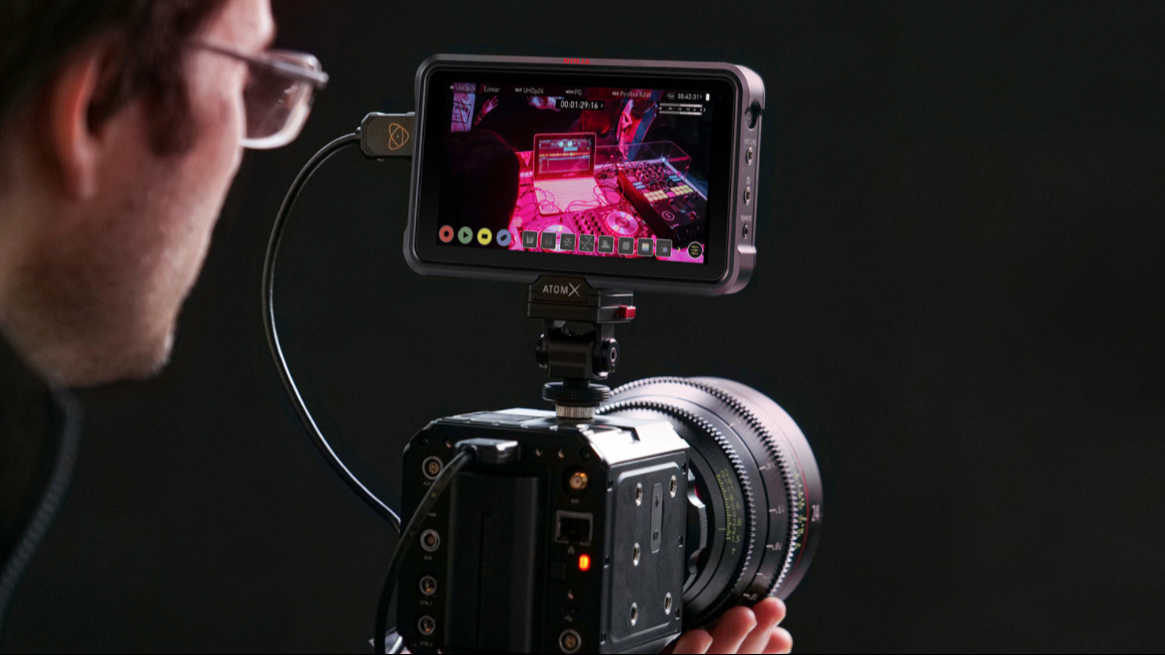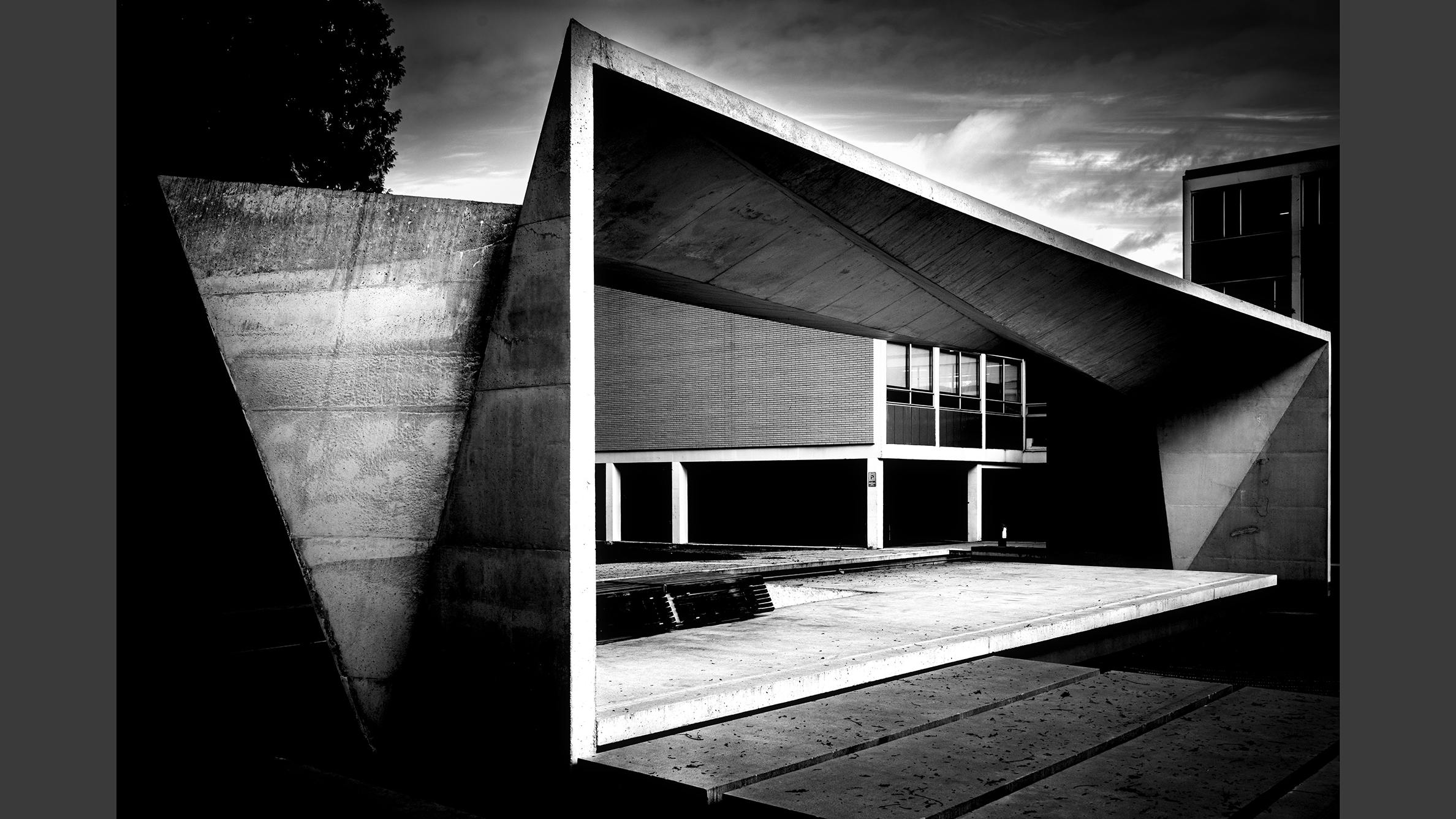Could the Atomos 8K sensor end up in your next camera?
Atomos produce 8K sensors to rival offerings from cinema giants

Atomos, known best for its Ninja line of on-camera monitors such as the Atomos Ninja V, has now announced in a press release issued by the Atomos Board of Directors that the company has successfully produced an 8K sensor designed to target the cinema camera market and is "in talks with several cameras manufactures".
Within the official statement, Atomos explains that with the acquisition of the intellectual property rights and technical team from broadcast equipment firm, Grass Valley five years ago it has now developed a leading-edge 8K video sensor.
"The Company is actively exploring opportunities for commercialization and is in discussion with several camera makers who are showing great interest".

I'm sure many of you are thinking, why Atomos is making a sensor in the first place? While they might be far away from developing their own camera, Atomos has been involved within the cinema industry for over a decade, serving top-of-the-line products to Hollywood productions, down to solo filmmakers across the world.
They understand their audience, and if they can supply this new 8K sensor to a camera manufacturer, it could also tie in extra benefits, such as a possible co-development of accessories such as a monitor. We have seen this with SmallHD and RED for the RED Raptor series of cameras, or various in-camera storage options through its own media development.
In short, this announcement is just Atomos putting a flag in the ground saying that have achieved something special, which in one way it is, it takes a great deal of time, effort, staff hours, and money to develop your own sensor, yet alone an 8K one fit for Hollywood - but that's all this announcement is at the moment, a statement.
But, it could become so much more. 8K is the ever-increasing catch-phrase of camera manufactures at the moment, and anyone is able to shoot it in the top-of-the-range mirrorless cameras from the likes of Nikon, Sony, and Canon, along with Fujifilm with their new X-H2 – that really only leaves Olympus, Panasonic, and Blackmagic that have not produced an 8K sensor camera in their prosumer products.
Get the Digital Camera World Newsletter
The best camera deals, reviews, product advice, and unmissable photography news, direct to your inbox!
Panasonic tested an 8K cinema camera a while ago, meant to be used for the Olympic Games in Tokyo, but this camera never saw the light of day, and Blackmagic does currently offer a 12K sensor option. 8K is a step backward in my eyes, especially when the cost-per-performance on the Blackmagic 12K is in a world of its own.
However you see this announcement and development progressing, it is always a good thing for the industry for there to be other offerings, especially from companies who have a good financial footing to change the status quo. I guess only time will tell if anyone one of the several interested camera companies picks up the sensor and runs with it.
If you enjoyed this article, check out our best Netflix-approved cameras guide or the best cine lenses.

For nearly two decades Sebastian's work has been published internationally. Originally specializing in Equestrianism, his visuals have been used by the leading names in the equestrian industry such as The Fédération Equestre Internationale (FEI), The Jockey Club, Horse & Hound, and many more for various advertising campaigns, books, and pre/post-event highlights.
He is a Fellow of the Royal Society of Arts, holds a Foundation Degree in Equitation Science, and holds a Master of Arts in Publishing. He is a member of Nikon NPS and has been a Nikon user since his film days using a Nikon F5. He saw the digital transition with Nikon's D series cameras and is still, to this day, the youngest member to be elected into BEWA, the British Equestrian Writers' Association.
He is familiar with and shows great interest in 35mm, medium, and large-format photography, using products by Leica, Phase One, Hasselblad, Alpa, and Sinar. Sebastian has also used many cinema cameras from Sony, RED, ARRI, and everything in between. He now spends his spare time using his trusted Leica M-E or Leica M2, shooting Street/Documentary photography as he sees it, usually in Black and White.
